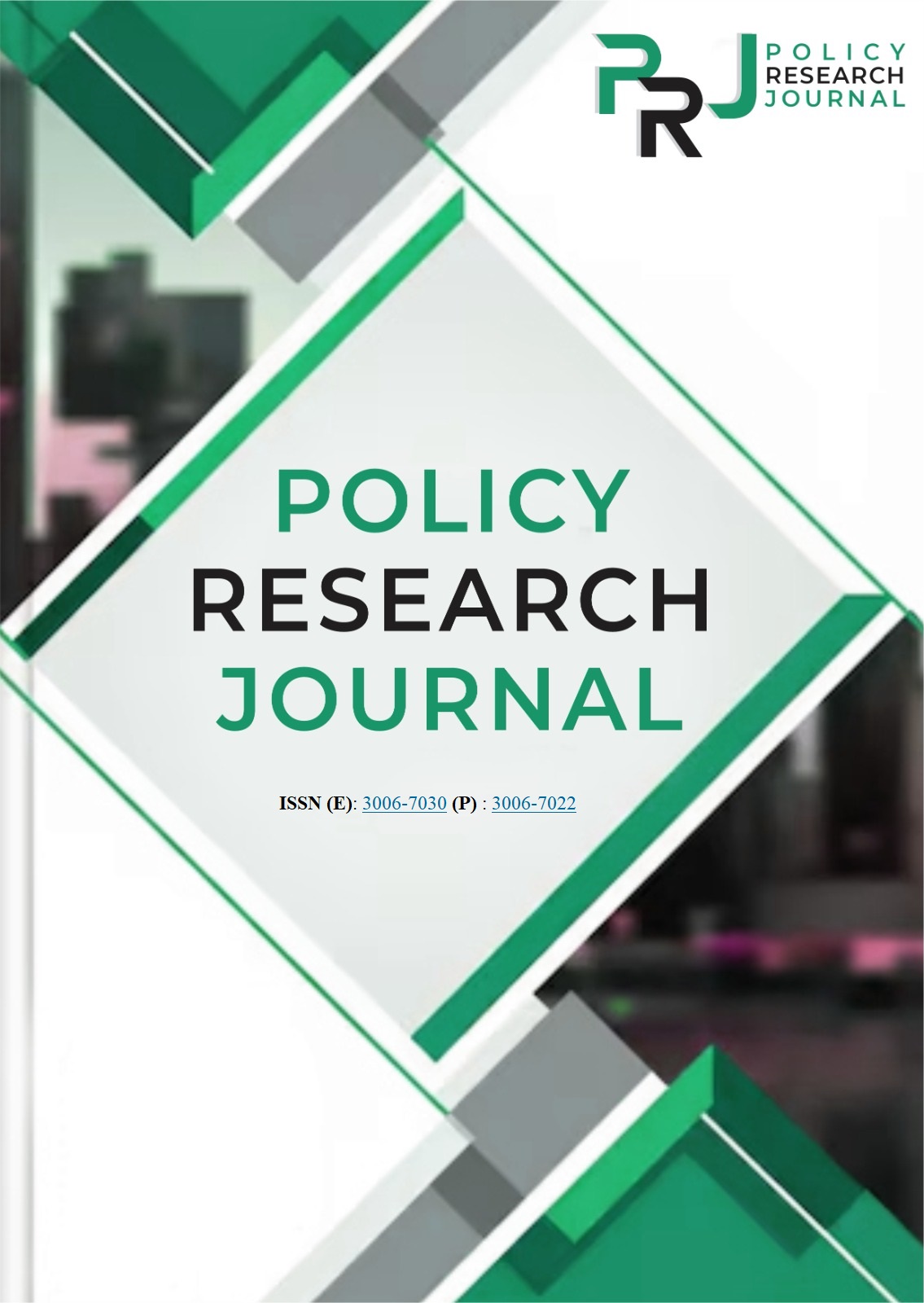PREVALENCE AND ASSOCIATED FACTOR OF INTIMATE PARTNER VIOLENCE: A SITUATIONAL ANALYSIS OF PUNJAB, PAKISTAN
Keywords:
Intimate Partner Violence, Prevalence, Associated Factors, Situational AnalysisAbstract
This study examines intimate partner violence (IPV) among women in Pakistan, aiming to identify leading factors and demographic characteristics of respondents who faced IPV. The study employed a quantitative approach, using structured interviews with 105 female respondents from Multan, Lahore, and Rawalpindi. Statistical findings revealed: no significant differences in social factors among women from rural, urban, and semi-urban areas (p = .995); no associations between IPV prevalence and respondents' or their husbands' employment status (p = .191, p = .682, respectively); and reliability coefficients of .65 for experience of IPV, .65 for health related factors, .69 for social factors, and .69 for overall questionnaire reliability. The study highlights the role of systemic inequalities and entrenched gender norms in maintaining IPV, emphasizing the need for broader interventions targeting patriarchal norms. Findings challenge the notion that urbanization uniformly improves women's conditions, underscoring the importance of addressing structural inequalities and societal factors influencing IPV.

















